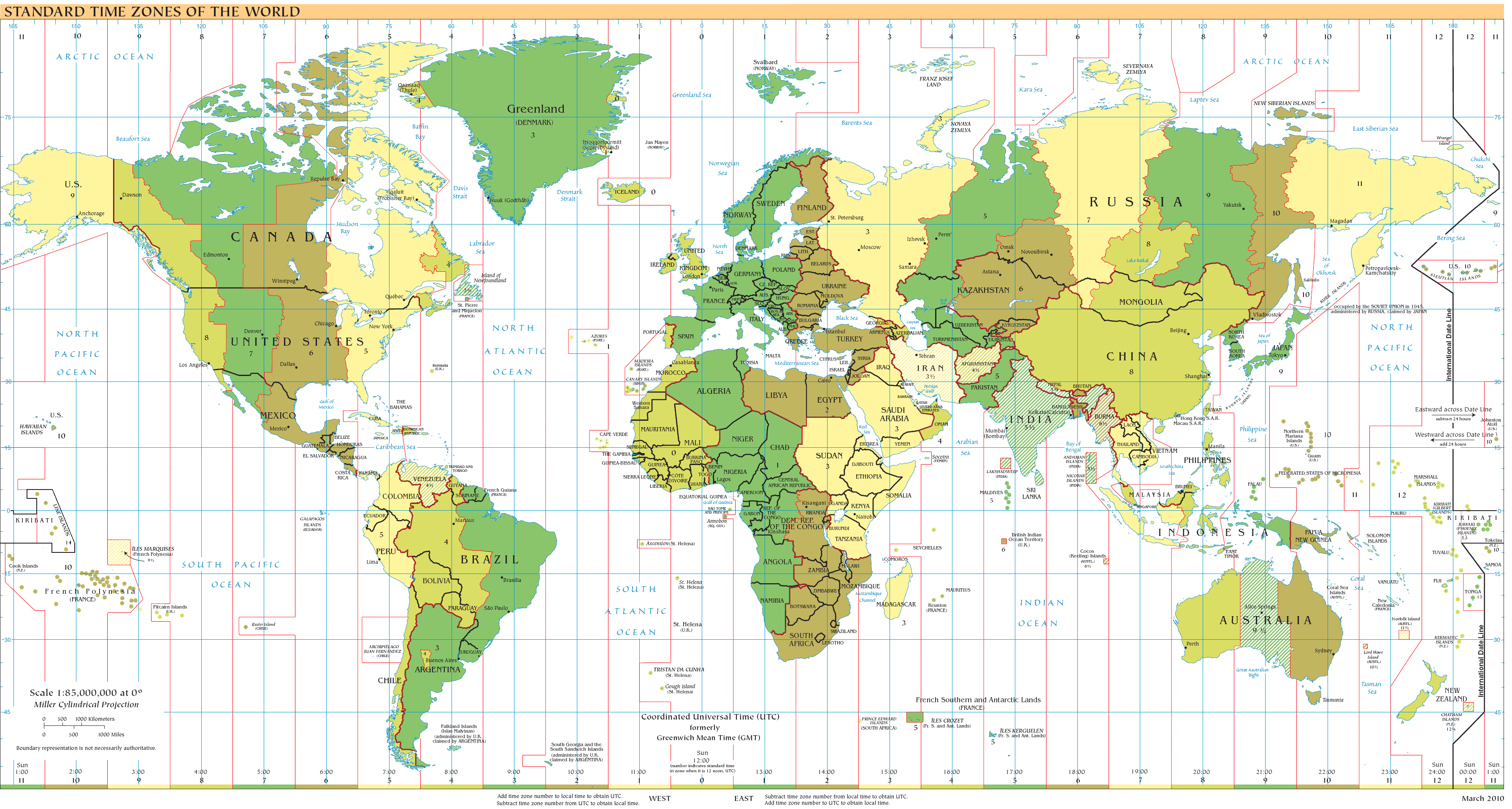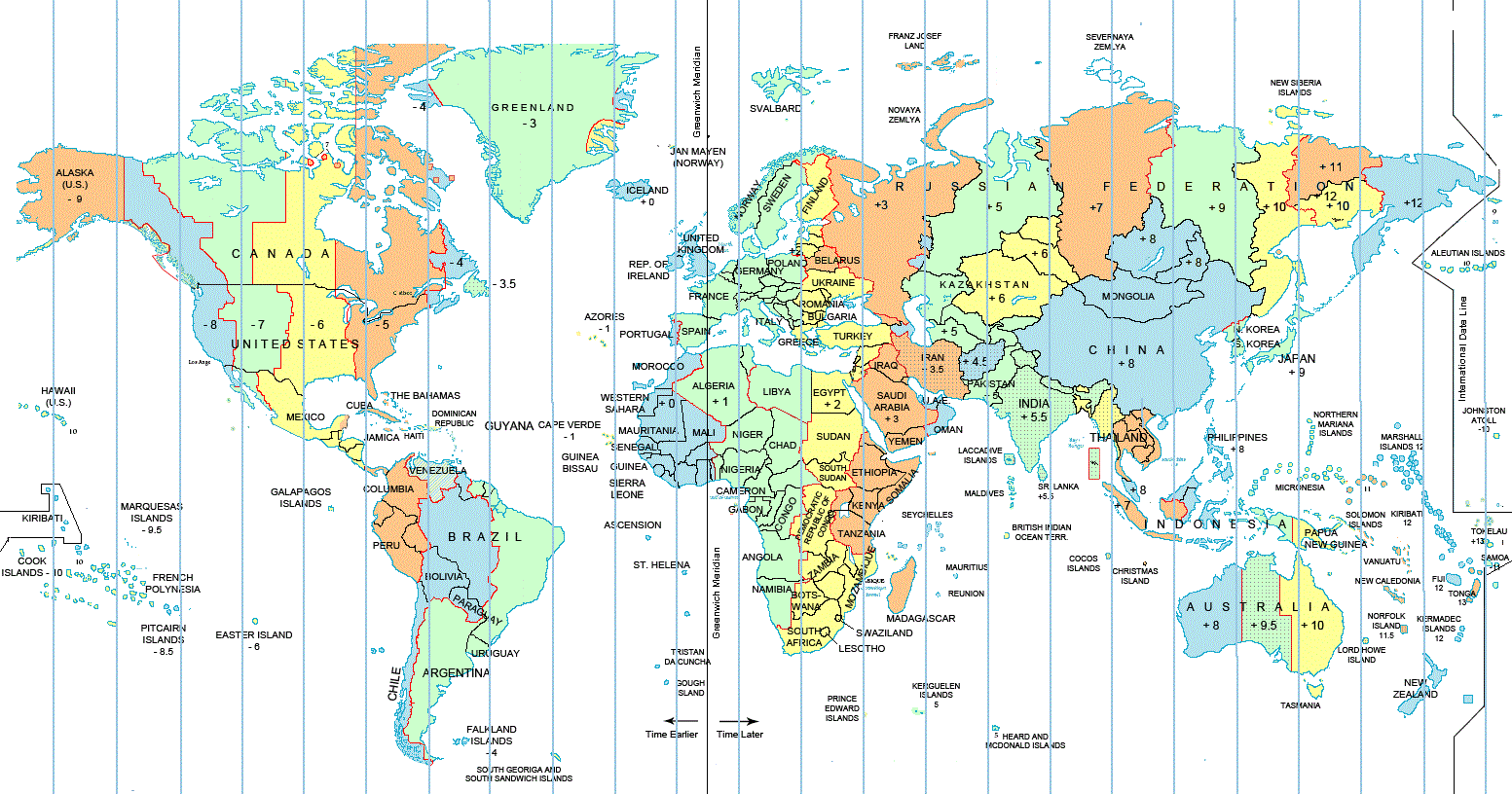

Grab a globe and a desk lamp, and let's get glowing. Ready, set, glow! Let's find out who's sleeping when you're having lunch.Have you ever been surprised by a time change? There’s certainly a lot to keep up with!Īre you ready to time travel? Find a friend or family member to help you check out the following activities: Time zones are further complicated by Daylight Savings Time, which is observed by some countries and not others. On the other hand, if you wanted to chat with your cousin online after dinner at 6:00 p.m., it would already be midnight in Madrid! When your cousin is eating lunch at noon Madrid time, you are probably just getting out of bed to get ready for school. This means Charlotte and Madrid are six time zones apart. Madrid is 1 section east of Greenwich (GMT +1). Charlotte is five time zones to the west of Greenwich, which is written as GMT -5. Let’s say you live in Charlotte, North Carolina, and you have a cousin who lives in Madrid, Spain. Let’s take a closer look at how this works. Having different time zones means that no matter where you live on the planet, your noon is the middle of the day when the sun is highest, while midnight is the middle of the night. For that reason, there are more time zones than the standard 24 in use today. Other nations adopted systems that change time zones by smaller increments, like 15 or 30 minutes. That’s despite the fact that China stretches across three standard time zones. For example, in China, it’s always the same time all across the country. In fact, many countries continue to set their own times today. Not everyone accepted the idea of standard time right away. As you move west from Greenwich, every 15-degree section or time zone is an hour earlier than GMT, while each time zone to the east is an hour later. The time at Greenwich is called Greenwich Mean Time (GMT). Longitude is the angular distance between a point on any meridian and the prime meridian at Greenwich. The primary dividing line of longitude is called the prime meridian. The imaginary dividing lines begin at Greenwich, a suburb of London. Since the equator is about 24,902 miles long, the distance between time zones at the equator is approximately 1,038 miles. It shrinks to zero at the poles because of the curvature of Earth. Each time zone is 15 degrees of longitude wide.ĭistance between the zones is greatest at the equator. The scientists used this information to divide the planet into 24 sections or time zones.
#Global time zones full#
After 24 hours, it has completed a full rotation of 360 degrees. To build the time zone map, they studied Earth’s movements.Īs Earth rotates on its axis, it moves about 15 degrees every 60 minutes. In the late 1800s, a group of scientists came up with a new system for time zones. At one point, train stations in the United States alone had to keep up with 75 time zones across the country. Especially as people began to travel across North America by train, the many time zones became difficult to follow. Then, they would go around town and adjust other people’s clocks to make sure they matched.Īs the world became more connected, this grew complicated.

One person would make sure the official town clock read noon when the sun was highest in the sky each day. Just over a century ago, towns and cities set their own time. People have lived in different time zones for a long time, but it hasn’t always been as organized as it is today.

Since different parts of Earth enter and exit daylight at different times, we need different time zones. Noon would be the middle of the day in some places, but it would be morning, evening, and the middle of the night in others. Imagine if the entire Earth had a single time zone. When your location rotates out of sunlight, you see the sun set. As your location on Earth rotates into sunlight, you see the sun rise. As Earth rotates, different parts of Earth receive sunlight or darkness, giving us day and night. Every 24 hours, the Earth makes a complete rotation. You know our planet is a sphere that spins on an imaginary pole called its axis. To understand time zones, start by thinking about the shape of the Earth. How is that possible? Is it time travel? Of course not! They just live in a different time zone. What time is it where you are? Have you ever traveled to another place and experienced a time change? Maybe you know someone who lives far away and is a few hours ahead of you.


 0 kommentar(er)
0 kommentar(er)
